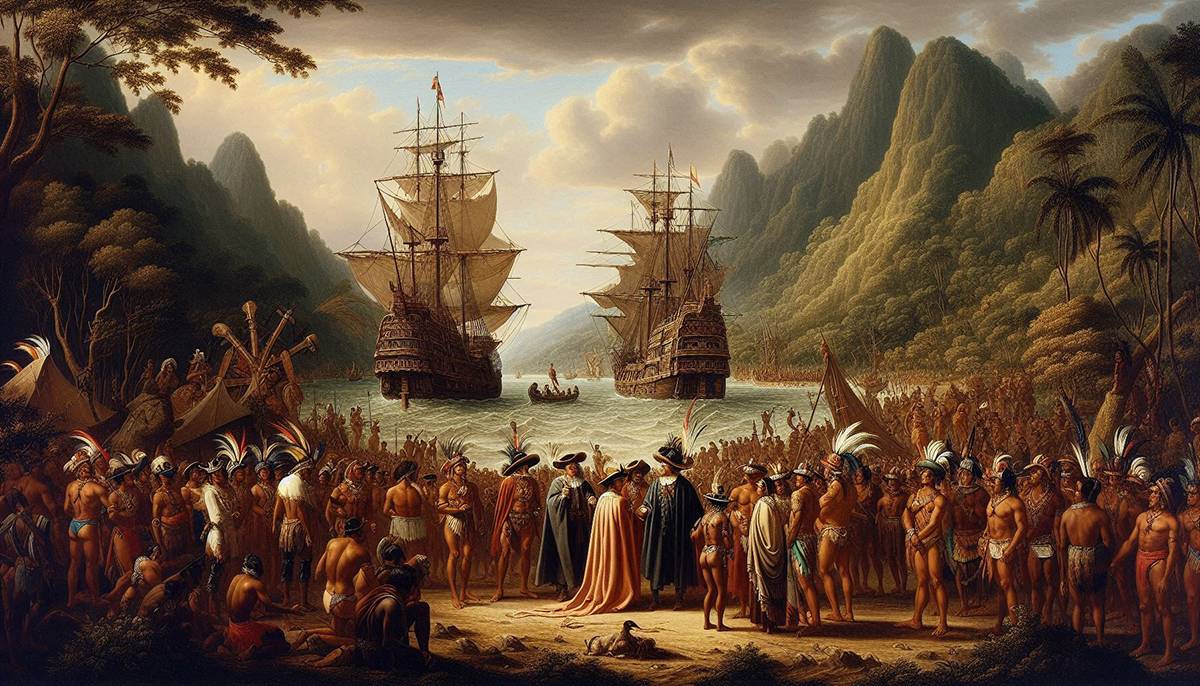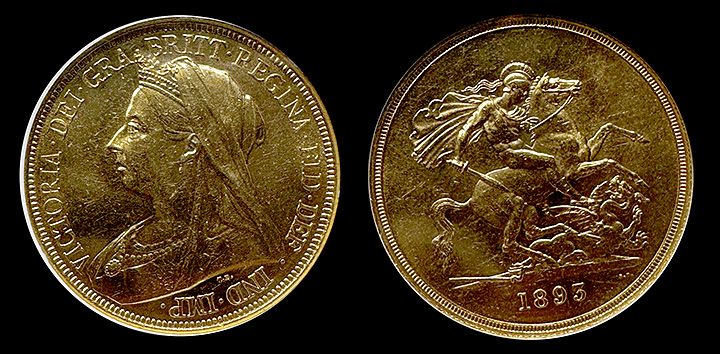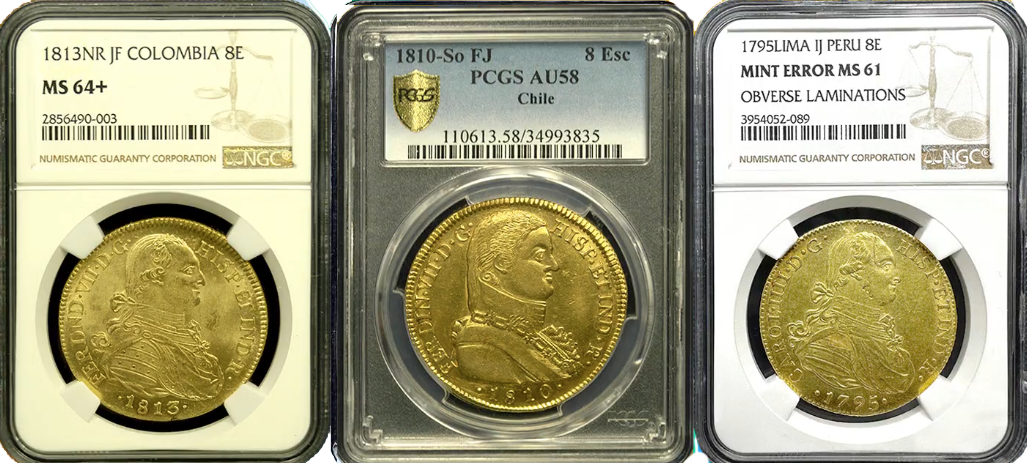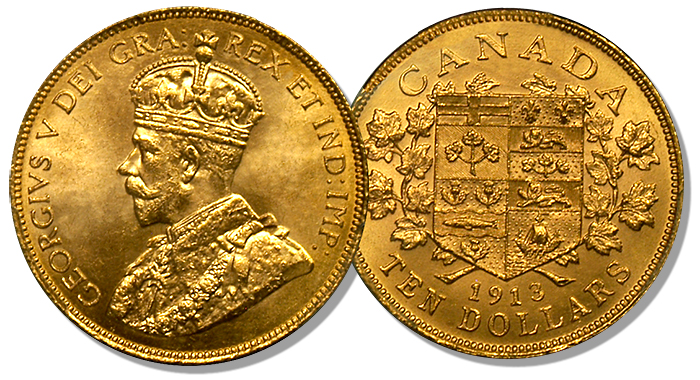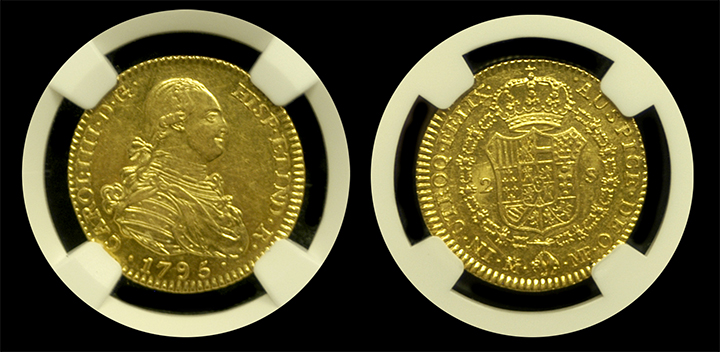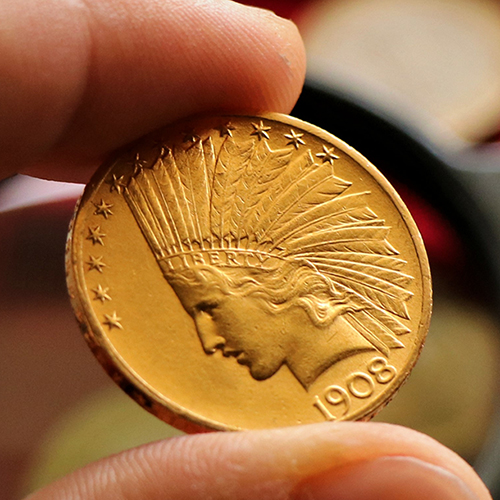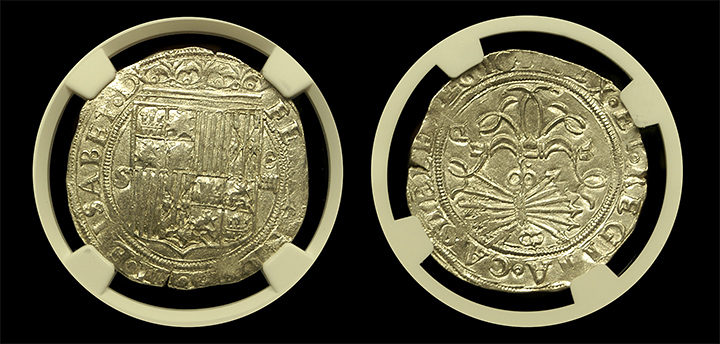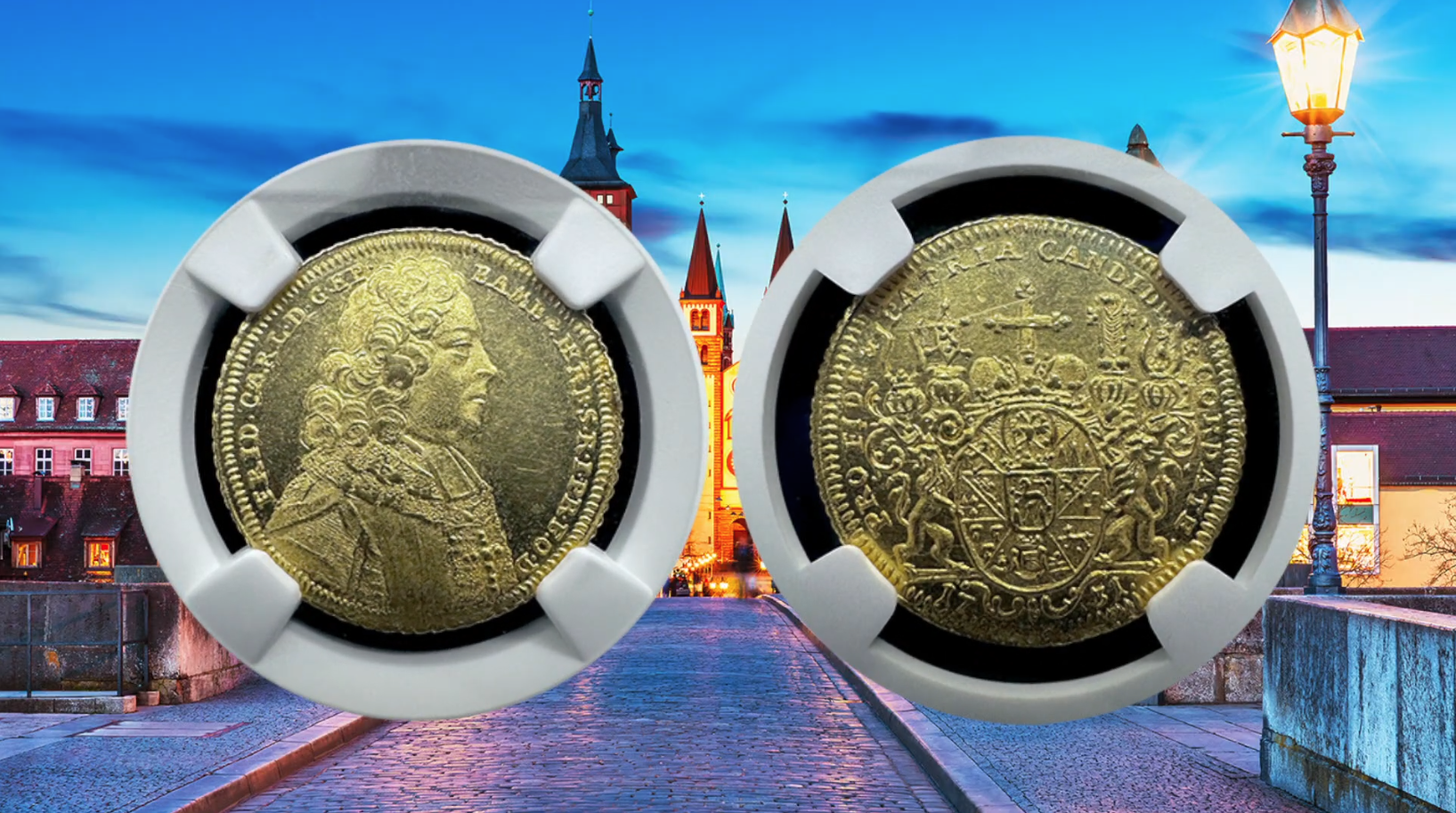
The Evolution of German Coinage
August 14, 2025
A Historical Journey
The evolution of German coinage reflects centuries of political change, economic necessity, and cultural transformation. Each coin tells a story of rulers, wars, and shifting borders. By stu...

